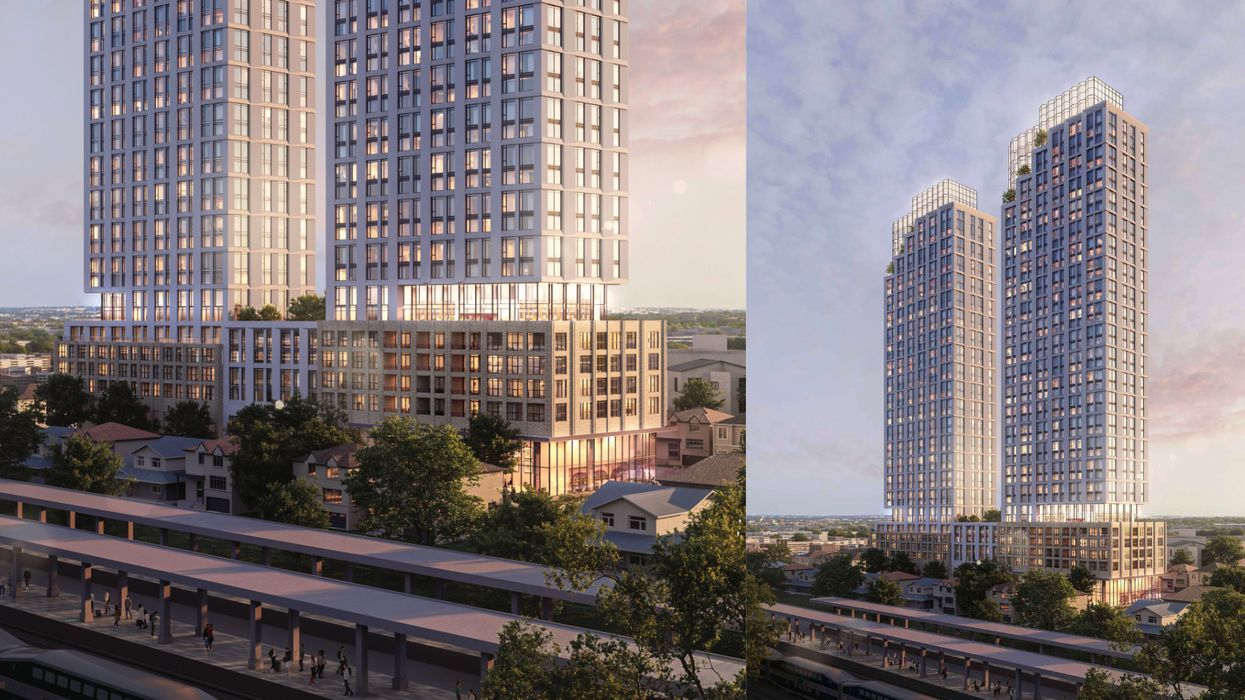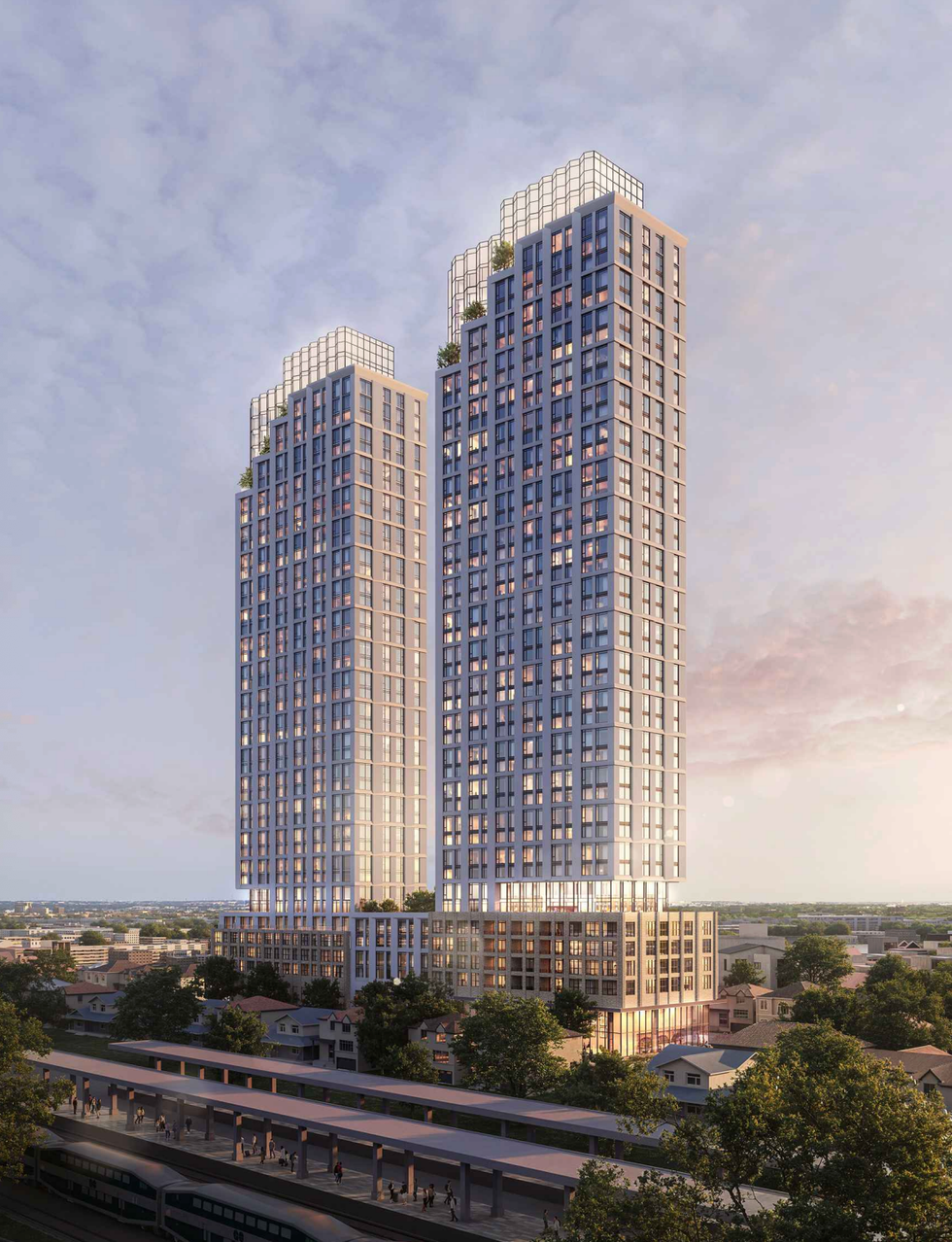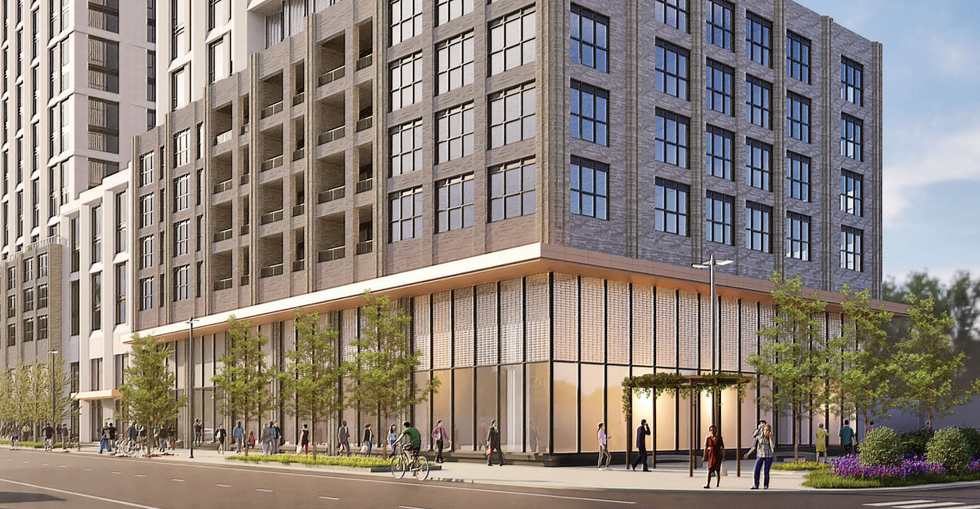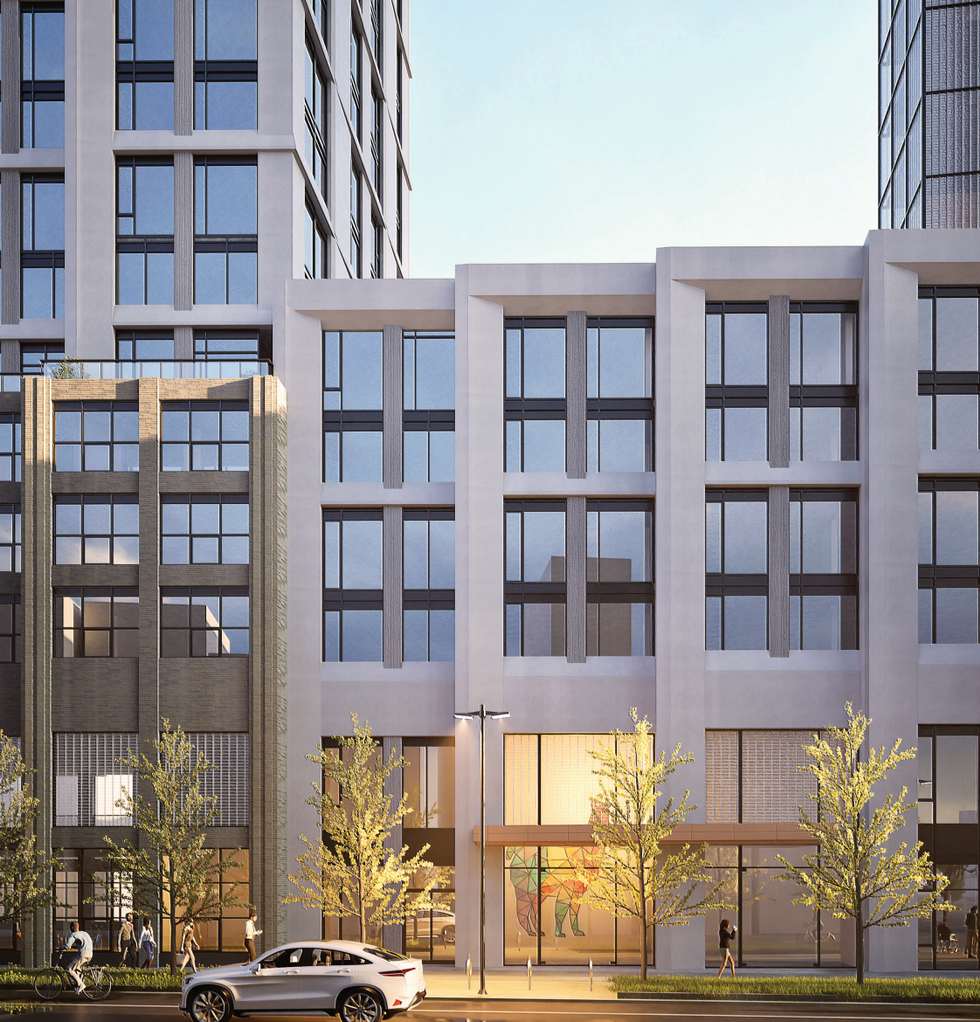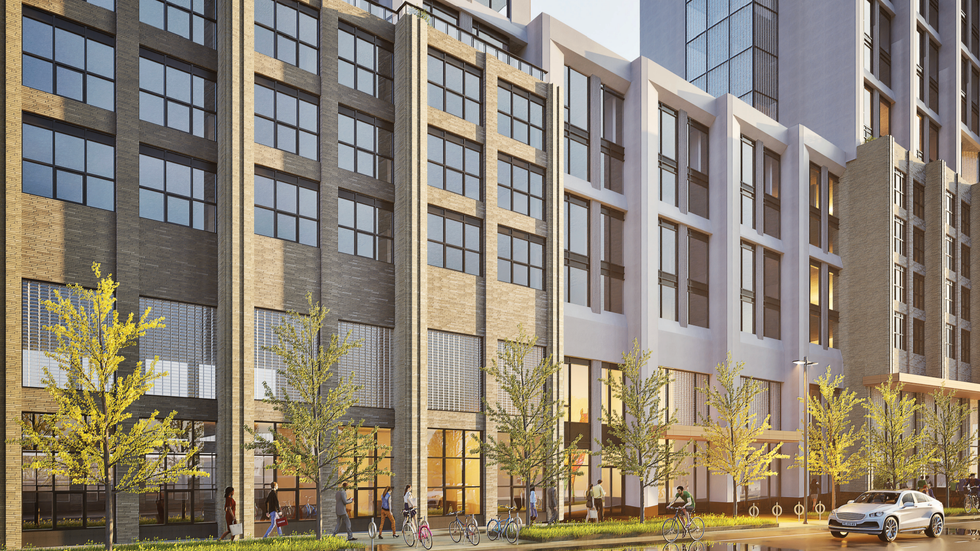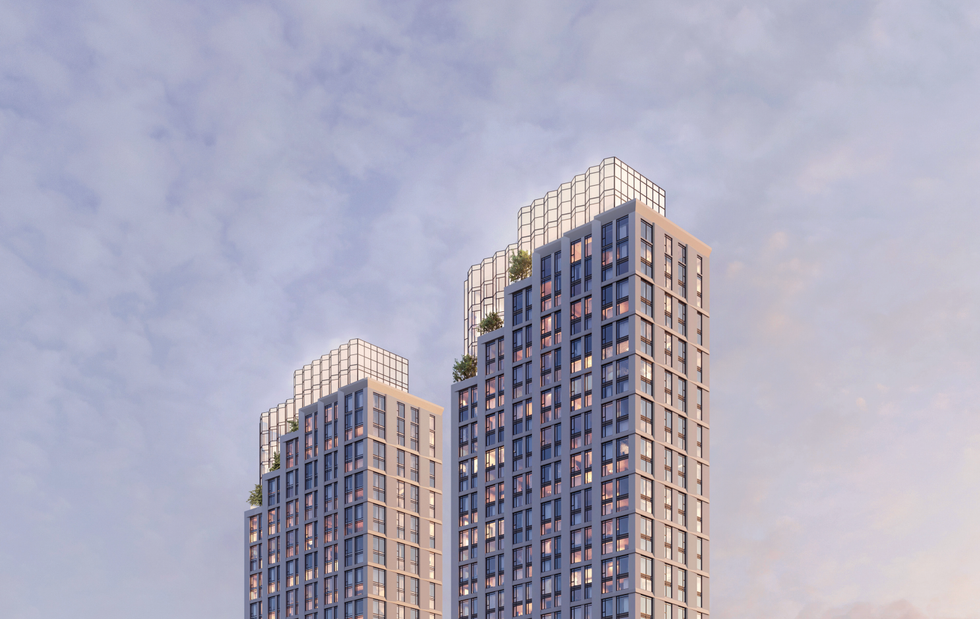Rental Displacement
Understand rental displacement in Canadian housing — what causes it, who it affects, and how cities manage its impact through planning and policy.

June 23, 2025
What is Rental Displacement?
Rental displacement refers to the forced or indirect removal of tenants from rental housing due to redevelopment, gentrification, significant rent increases, or property conversion.
Why Rental Displacement Matters in Real Estate
In Canadian real estate, rental displacement raises housing equity concerns and influences planning decisions in urban centres facing affordability crises.
Common causes include:
- Demolition or renovation of rental properties
- Evictions for owner occupation or redevelopment
- Rent increases after tenant turnover
- Condo conversions or repurposing of rental buildings
Displacement disproportionately affects low-income renters and may trigger municipal protections like rental replacement bylaws or tenant relocation programs.
Understanding rental displacement helps planners, developers, and policymakers prioritize balanced growth and housing stability.
Example of Rental Displacement in Action
Tenants in an aging rental building are given eviction notices after the property is sold to a developer planning luxury condos, causing rental displacement.
Key Takeaways
- Occurs when tenants are pushed out due to redevelopment
- Linked to gentrification and affordability pressures
- Can be direct (eviction) or indirect (pricing)
- Affects vulnerable and long-term renters
- Sometimes mitigated by municipal policies
Related Terms
- Gentrification
- Housing Affordability
- Eviction
- Rent Control
- Tenant Rights
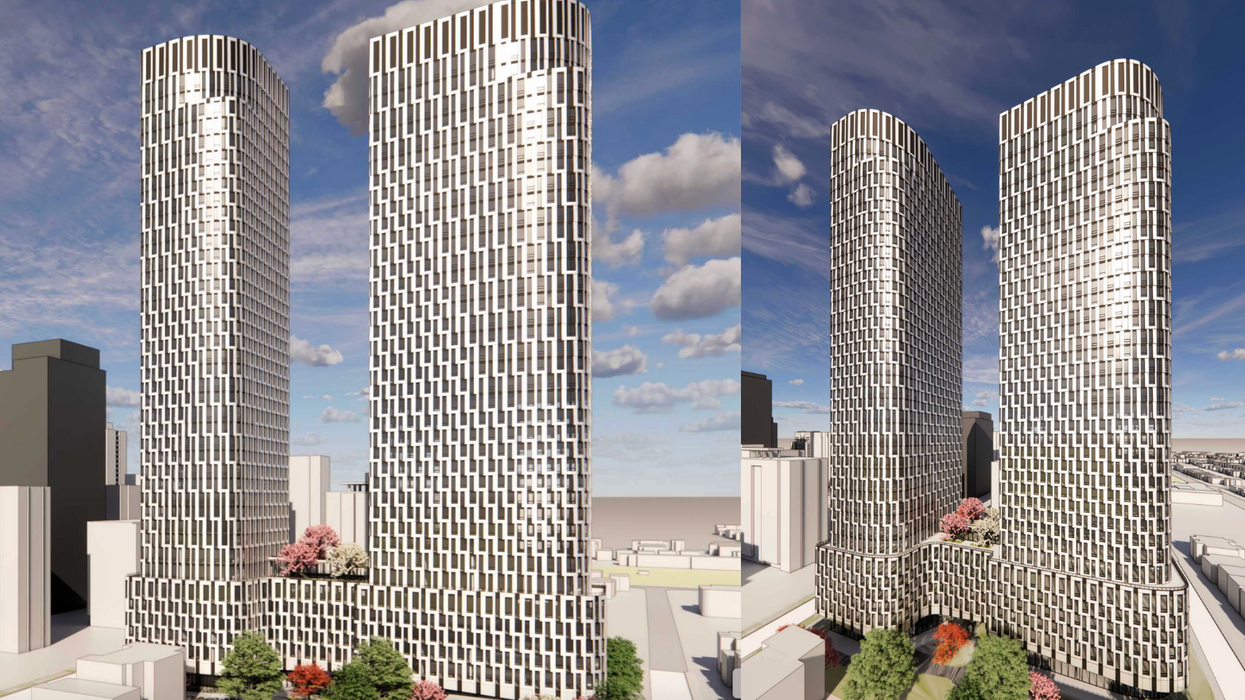
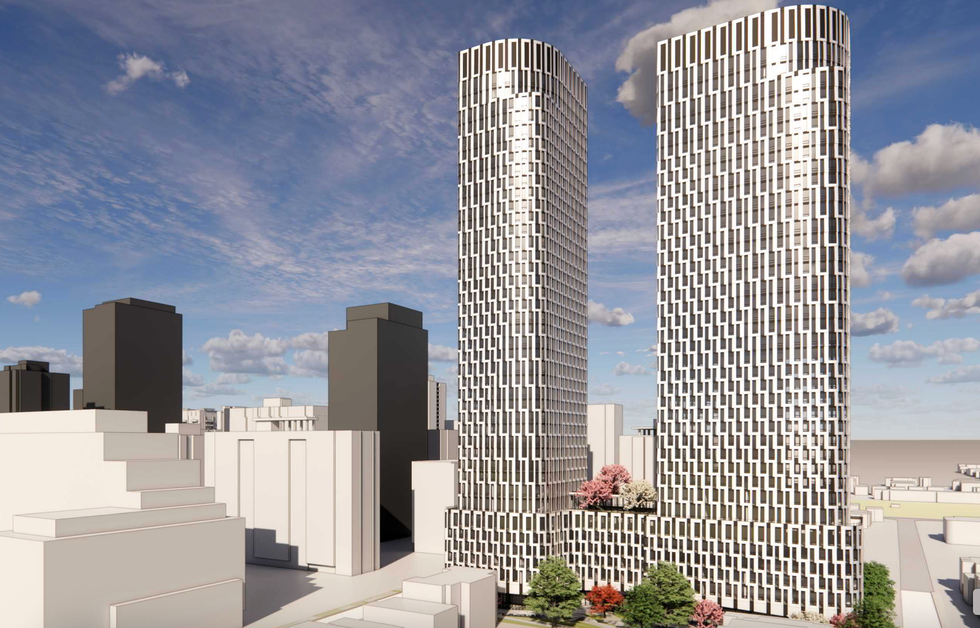

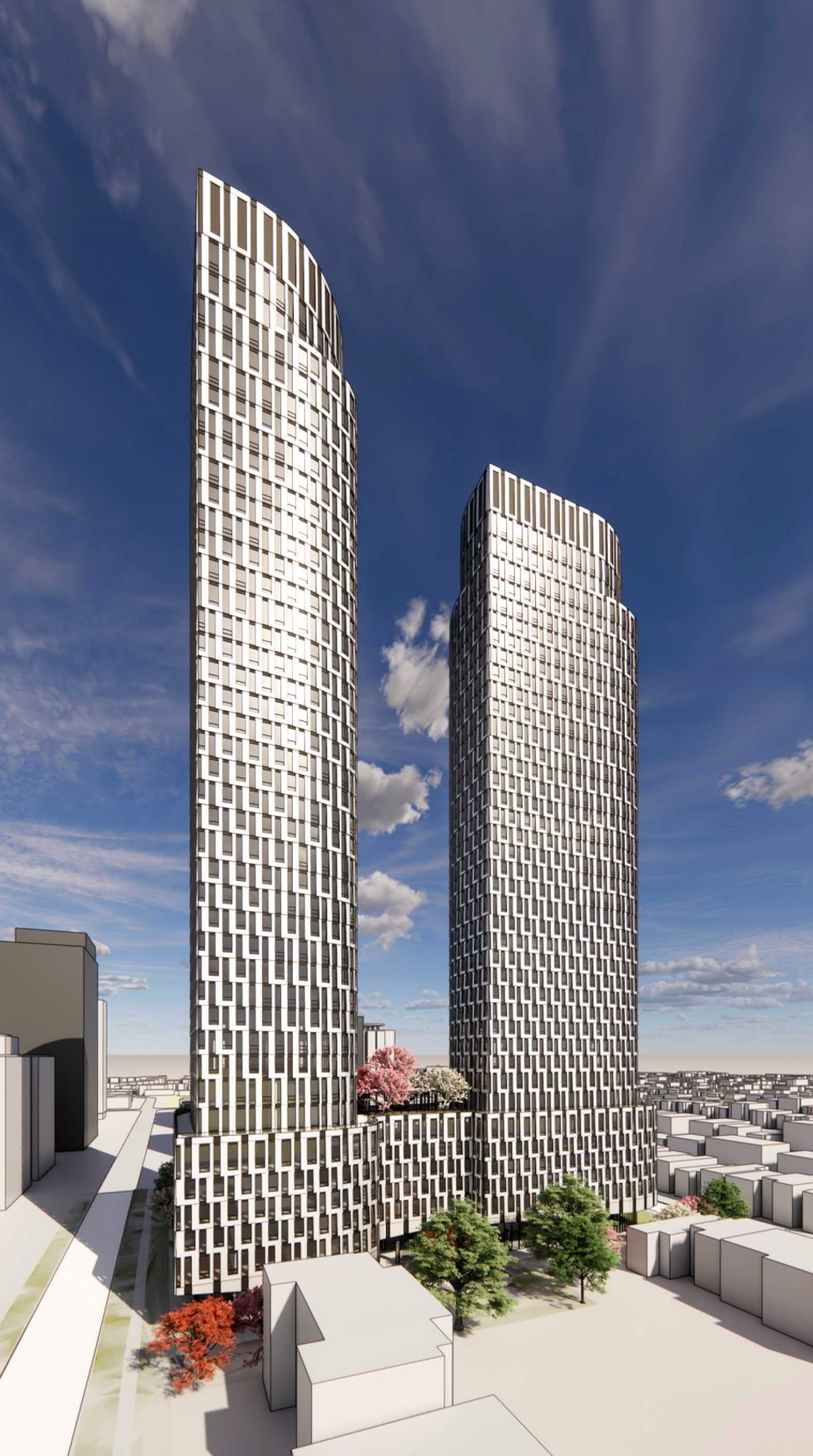





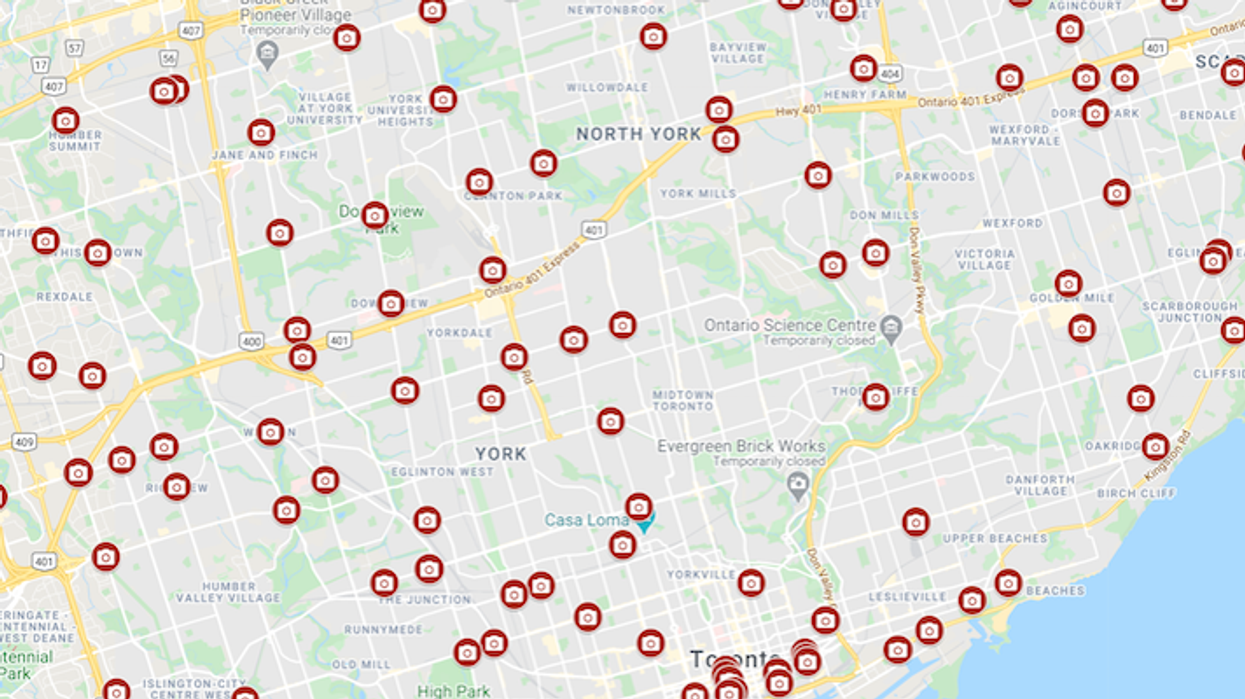
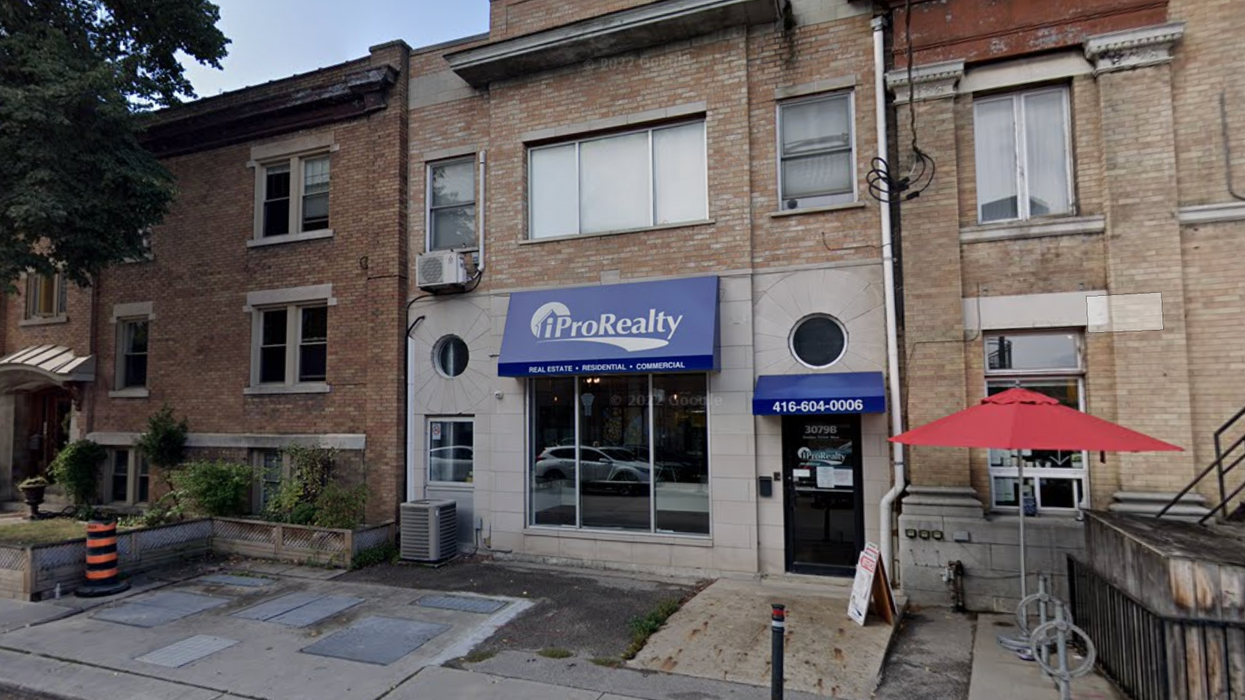


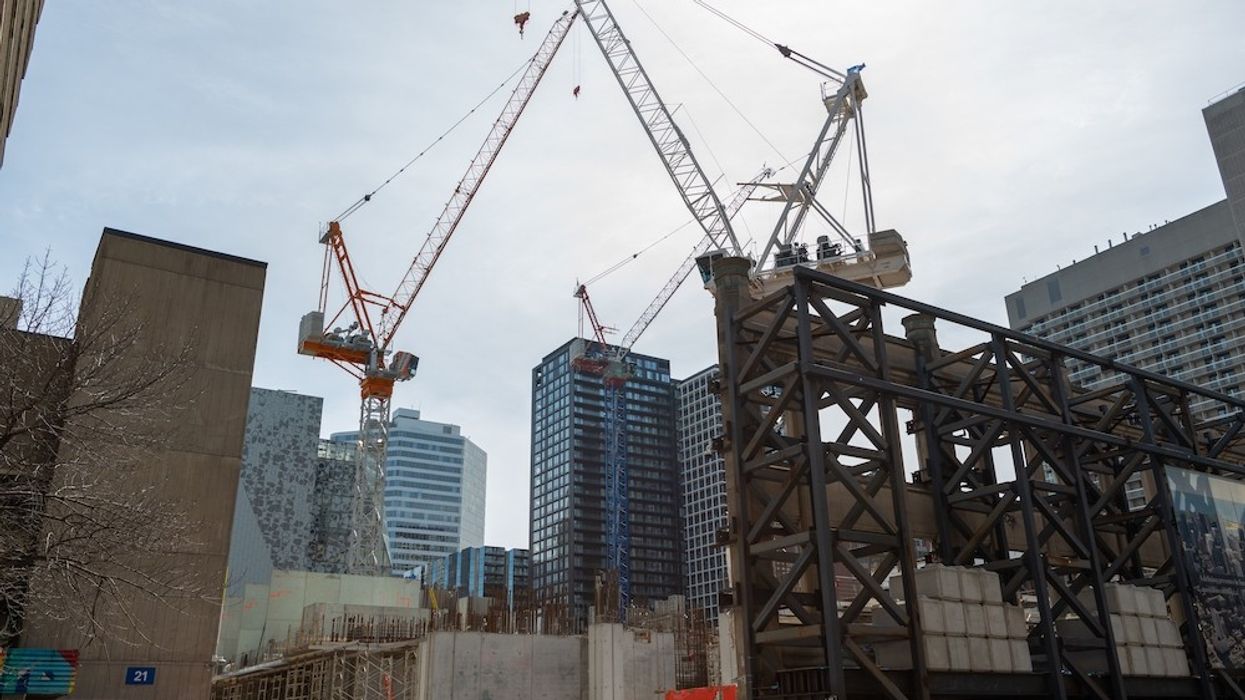
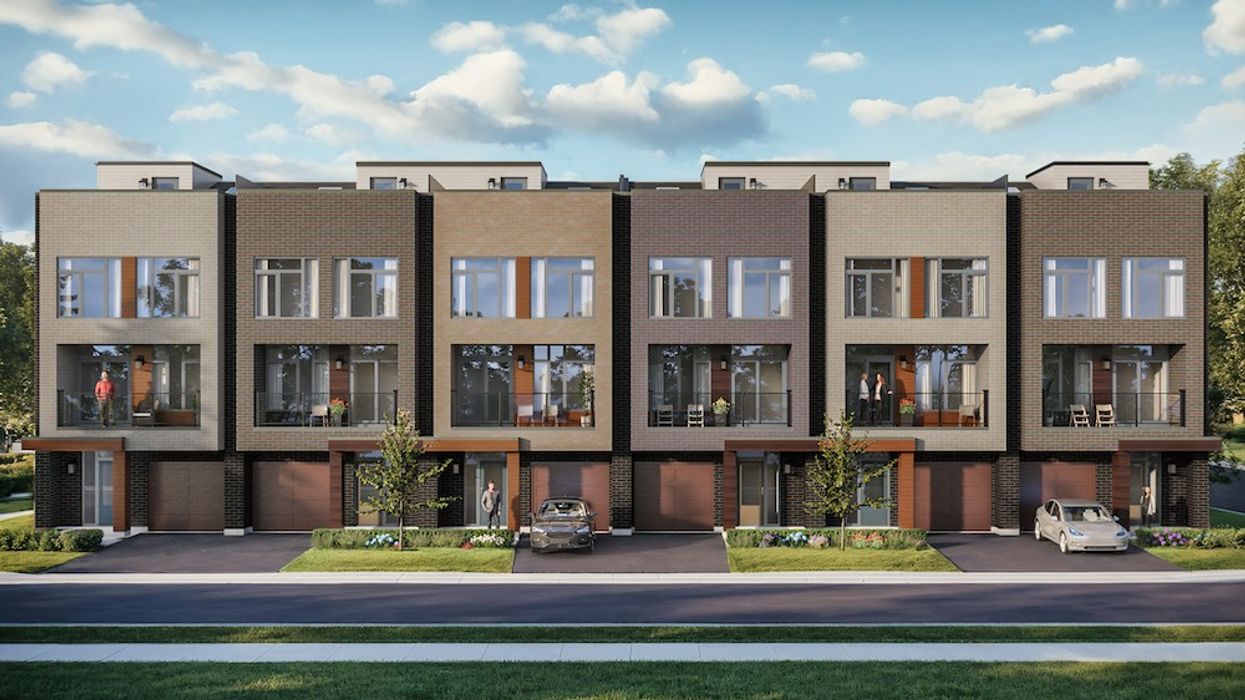
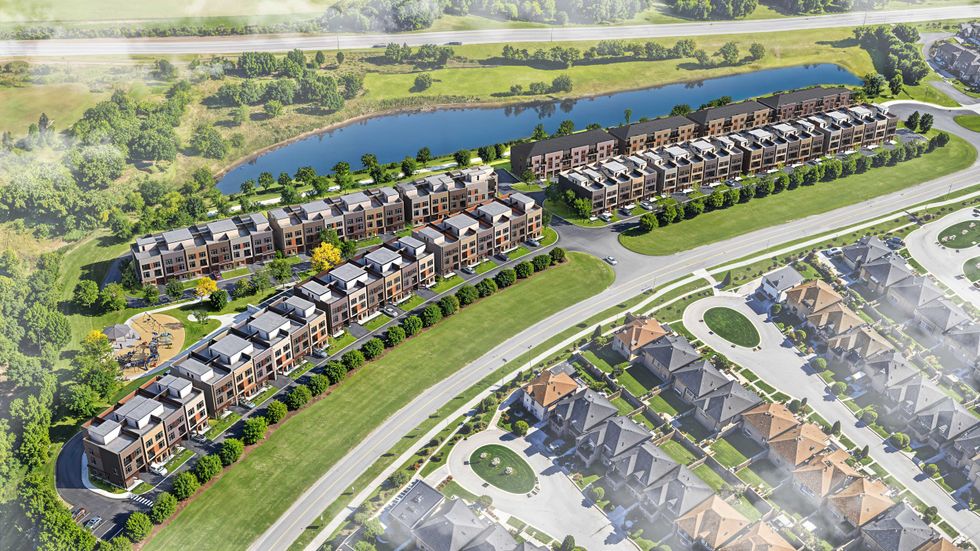 Camcos Living
Camcos Living Shutterstock
Shutterstock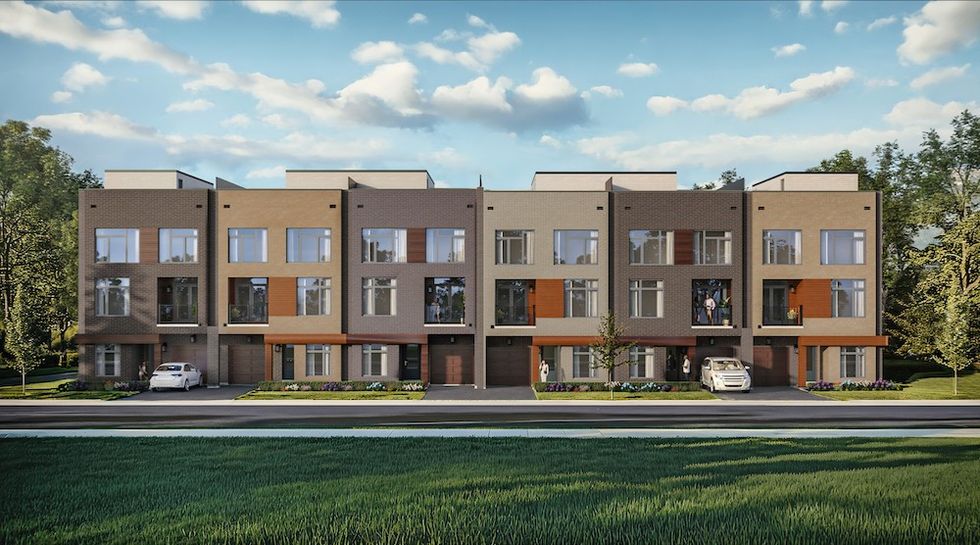 Little Rouge Block G/Camcos
Little Rouge Block G/Camcos Camcos Living
Camcos Living Camcos Living
Camcos Living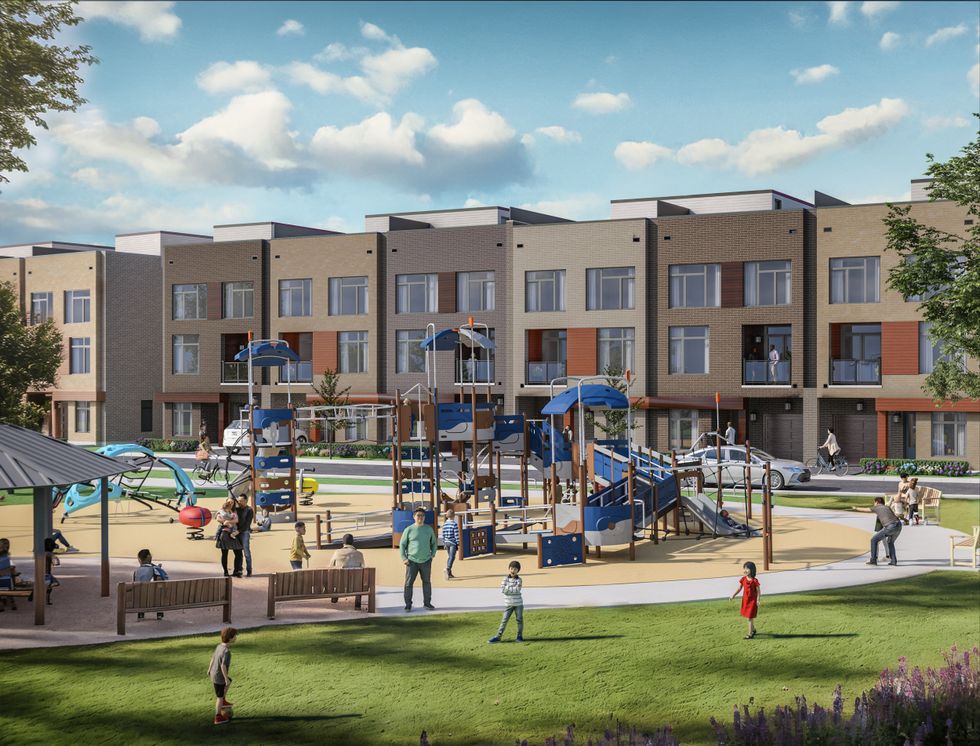 Camcos
Camcos
